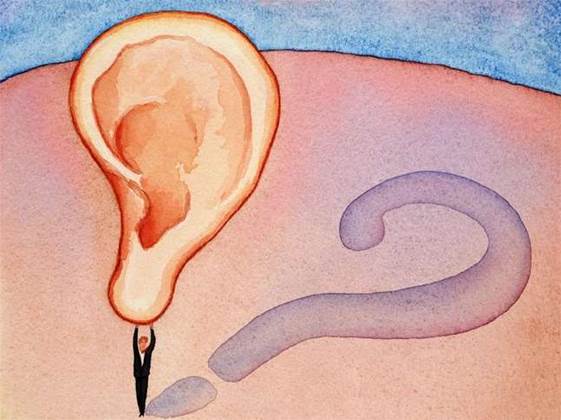The grant has been awarded to the University of Southampton to study otoacoustic emissions (OAEs), which are sounds that the ear generates in response to auditory stimuli.
“The source of OAE lies with the human body's process for amplifying low level sounds,” said the EPSRC.
“The emissions produced by this process can be detected at the entrance to the ear and are typically evoked by stimulating the hearing process by a suitable input sound. Not only have OAE been shown to be unique to individuals, their characteristics depend upon the input sound in a manner that also varies between individuals. This fact offers some unique opportunities when applying this as a biometric system.”
The study envisages a system whereby mobile phones can be fitted with sensitive microphones and callers could be identified by the OAE response of their ears. This would allow for secure calls to be made.
Another application could be to disable mobile phones if they have been stolen, by automatically shitting them down if the owner’s biometrics are not found.
There are however some hurdles to be overcome before the system can be put into practice. Drinking heavily mutes OAE sounds and would make recognition harder, as does excessive ear wax build-up.










 iTnews Executive Retreat - Security Leaders Edition
iTnews Executive Retreat - Security Leaders Edition











_(1).jpg&h=140&w=231&c=1&s=0)



